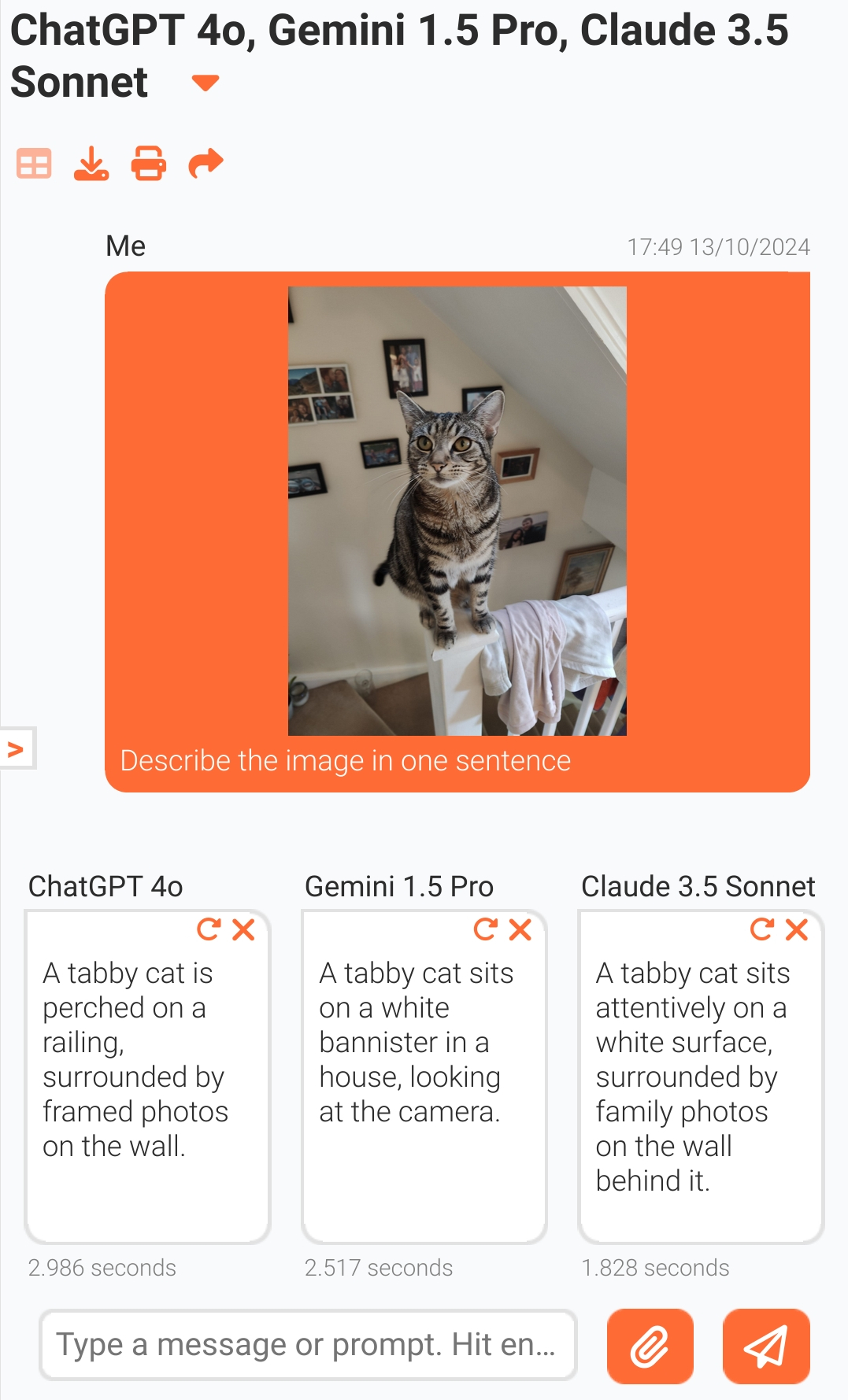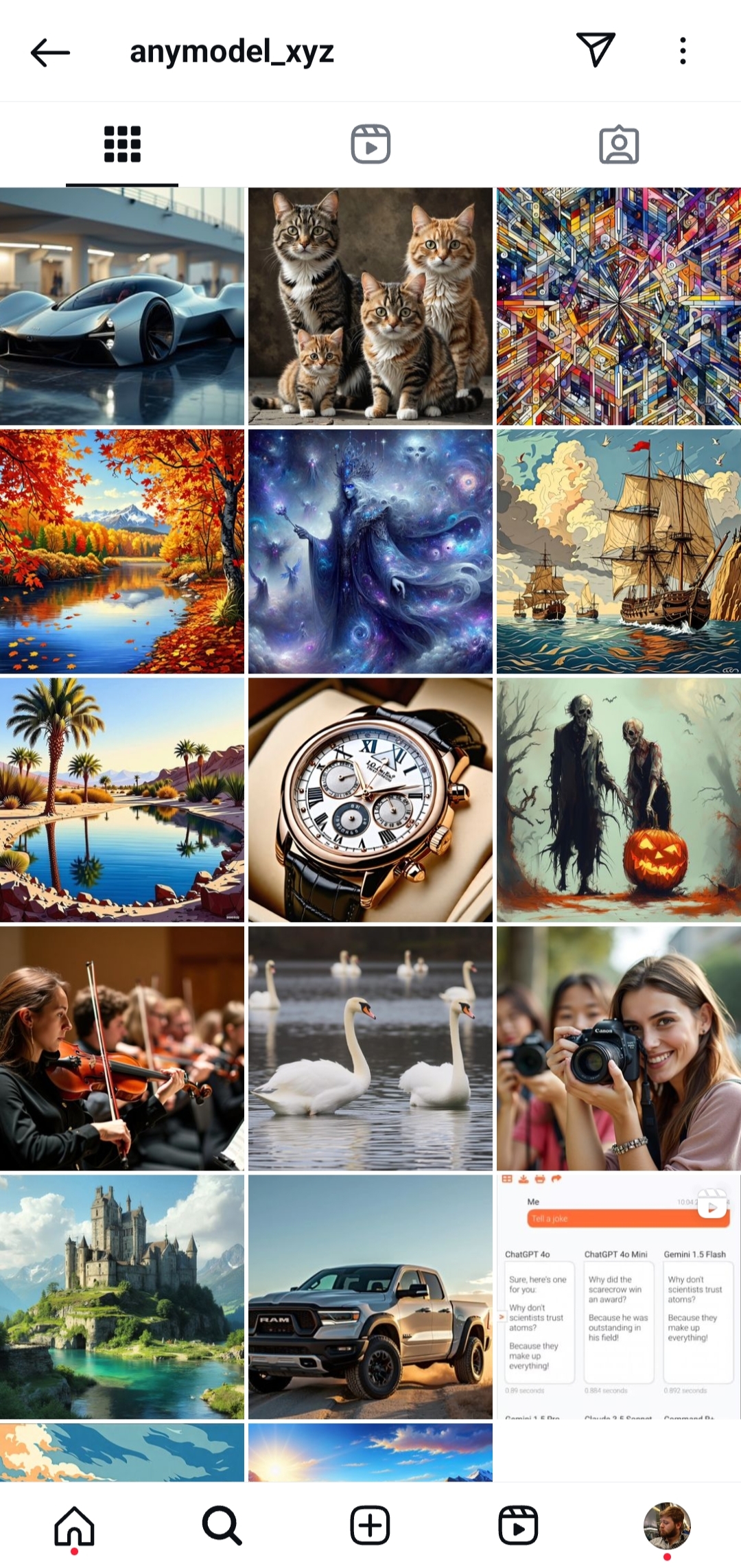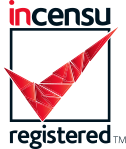The Top AI Models for Language and Image Generation in 2024
October 13, 2024

With an ever expanding number of AI models available today, it can be very difficult to stay up to date with the cutting edge. This article delves into some of the most prominent Large Language Models (LLMs) and image generation models, offering insights into their capabilities and potential applications.
Leading Large Language Models

Large Language Models or LLMs are AI models that are capable of generating text, often referred too as "chatbots". Users interact with LLMs via a conversational interface, similar to texting a friend. To try out all the models listed below, head to AnyModel now!
ChatGPT by OpenAI
Developed by OpenAI, ChatGPT is the most well-known and popular LLM available today. ChatGPT wowed users and kick started the AI revolution in 2022, and is still considered the benchmark to beat. ChatGPT 4o was released in May 2024 and is capable of handling text, images and audio. OpenAI claim that it's able to score in the 90th percentile for the uniform bar exam and the 99th percentile for the biology olympiad. OpenAI are currently previewing their latest model, ChatGPT o1, which they claim "spends time thinking" before responding, has strong reasoning capabilities and broad world knowledge.
Claude by Anthropic
Anthropic are an AI research firm who have developed the leading competitor to ChatGPT, Claude. Anthropic differentiate themselves from OpenAI with a clear focus on building safe and beneficial AI with a strong emphasis on safety, helpfulness, and ethical considerations. Claude is trained using a technique called "Constitutional AI" which instills a set of ethical principles and safety guidelines directly into the training process. Anthropic have also expending significant effort ensuring that Claude refuses to produce toxic, discriminatory, controversial or offensive content, even if asked too. Claude 3.5 Sonnet has demonstrated similar performance to ChatGPT 4o in most benchmarks, however it does seem to have the edge in coding related tasks.
Gemini by Google
Google's Gemini models are a suite of advanced AI models designed to push the boundaries of what is possible with machine learning, particularly in the areas of natural language processing and multimodal capabilities. Developed by Google's DeepMind, the Gemini models aim to integrate the strengths of language models like those in the GPT series with the nuanced aspects of various other AI disciplines, heralding a new era of AI innovation. The Gemini models were design from the ground up to be multi-modal, meaning that they can take text, images, video or audio as input.
LlaMa by Meta
LLaMA, which stands for Large Language Model Meta AI, is a series of language models developed by Meta (formerly known as Facebook). These models are designed for natural language processing tasks and aim to provide powerful language capabilities while being more specialized in their approach compared to some other large language models on the market. Unlike the other models discussed here, Llama is completely open-source, which means that anyone is free to take Meta's work and modify it for their own purposes. As a result there are wide variety of LLaMa derived models available today.
Command R by Cohere
Command R and Command R+ are LLMs developed by Cohere, a company specializing in natural language processing technologies. Cohere has more of a focus on enterprise and business use-cases rather then the consumer focus of the other models listed here. Command R+ is designed to offer enhanced capabilities for retrieval-augmented generation (RAG), which integrates information retrieval techniques with text generation to produce more accurate and contextually relevant outputs. Cohere envision Command being used for customer support, enterprise knowledge management and research assistance.
Leading Image Generation Models

AI has also been applied to generate images from text prompts. Some models are designed to be highly realistic whilst others aim for a more "artsy" look. Users often interact with image generation models in the same way as LLMs, and in some cases an LLM may invoke an image generation model on behalf of a user. Head over to AnyModel to try out these models yourself, or check out our Instagram for some examples of what these models can produce!
DALL-E by OpenAI
DALL-E is OpenAI's image generation offering. It derives its name as a portmanteau of "Dali," a nod to the surrealist artist Salvador Dalí, and "WALL-E," the animated robot from Pixar's famous film. The model is designed to create unique and high-quality images from textual descriptions, showcasing the impressive potential of AI in generating visual content. ChatGPT is also able to invoke DALL-E in order to generate images in response to user prompts.
Stable Diffusion by StabilityAI
Stable Diffusion is an advanced, open-source image generation model that has garnered significant attention for its ability to create high-quality images from textual descriptions. Developed by Stability AI in collaboration with other research entities and communities, Stable Diffusion represents a significant leap in accessible, high-performance AI art generation technology. Unlike some of its counterparts, Stable Diffusion is accessible for anyone to use and modify, thanks to its open-source nature and relatively modest hardware requirements.
Midjourney
Known for its artistic and dreamlike outputs, Midjourney is popular among artists and designers seeking inspiration or unique imagery. Midjourney has gained popularity for its Artistic and stylized image outputs, user-friendly interface on Discord and rapid iteration and improvement cycles. Midjourney can currently only be used from within Discord and so is not yet available on the AnyModel platform.
FLUX.1 by Black Forest Labs
FLUX is a family of image generation models developed by Black Forest Labs. Black Forest Labs was founded by AI researchers who contributed to the Stable Diffusion models and is backed by some big names including Andreessen Horowitz. FLUX offers 3 models: Schnell, Dev and Pro. Schnell is fully open source and is designed to generate compelling results on low-powered hardware. The Dev code is available for non-commercial uses, whilst Pro is proprietary. All 3 models are capable of producing beautiful imagery. AnyModel also offers FLUX.1 Realism (LORA), which is a fine-tuned version of FLUX.1 Dev optimised to produce photo-realistic imagery. FLUX.1 Realism was developed by X (formerly twitter) and is used by their AI agent Grok to generate images.
A Word of Caution
While these models are state-of-the-art, users must exercise caution and refrain from over-relying on a single AI model. Each model has its strengths and weaknesses, and the key to successful AI implementation lies in diversification and combining different tools and approaches.
To address this issue, AnyModel was created - a revolutionary tool that allows users to compare and utilize multiple leading AI models in one place. All of the models listed in this article (except Midjourney) are available on the platform. AnyModel provides an innovative solution for those seeking to leverage the strengths of various AI models without the need for extensive technical knowledge or resources. By offering access to a wide range of models, including those mentioned above, AnyModel empowers users to make informed decisions about which model best suits their specific needs and goals.
Meta Description
Explore the leading AI image generators & large language models (LLMs) transforming creative workflows. Discover the power of DALL-E, Midjourney, ChatGPT-4o, and more! Learn how AnyModel helps you compare & utilize the best AI tools for your needs.
Keywords: AI image generator, AI image generation, large language model, LLM, text generation, AI art, AI writing, FLUX, DALL-E, Midjourney, Stable Diffusion, GPT-4o, ChatGPT, Llama, Claude, Gemini, Command R, Anthropic, OpenAI, Cohere, compare AI models.


